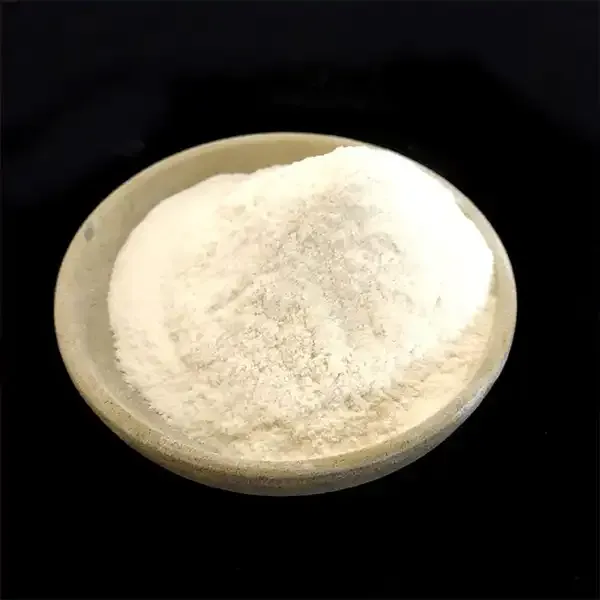Cement Additives Enhancing Performance and Sustainability in Construction
Cement is one of the most vital materials in the construction industry, serving as the binding agent in concrete. However, the properties of cement can be significantly enhanced through the use of various additives. These additives improve performance, durability, workability, and sustainability of the cement-based materials, ultimately leading to better quality construction and reduced environmental impact.
Types of Cement Additives
Cement additives can be categorized into several types based on their functions
1. Chemical Additives These are typically used to alter the chemical properties of the cement mixture, affecting hydration reactions and enhancing performance. Common chemical additives include - Plasticizers and superplasticizers These reduce the water-to-cement ratio, improving the workability of fresh concrete without increasing the total water content, which is crucial for maintaining strength and durability. - Retarders These slow down the setting time of concrete, allowing for longer working periods, which is especially beneficial in hot weather conditions. - Accelerators Conversely, accelerators shorten the setting time, enabling quicker construction schedules.
2. Mineral Additives These include natural or industrial by-products that can partially replace cement in a concrete mix. Common mineral additives are - Fly Ash A byproduct of coal combustion, fly ash enhances the strength and durability of concrete while reducing the amount of Portland cement required. - Slag Cement Produced from the byproducts of steel manufacturing, slag can improve the long-term strength and resistance to sulfate attack. - Silica Fume A byproduct of silicon metal production, silica fume contributes to increased compressive strength and reduced permeability in concrete.
3. Fibers Adding fibers (such as steel, glass, or synthetic fibers) can improve the mechanical performance of cementitious materials by reducing cracking and enhancing toughness.
Benefits of Using Cement Additives
The use of cement additives offers numerous advantages, making them essential in modern construction practices
cement additives

- Improved Performance Additives enhance the mechanical properties of concrete, including compressive and flexural strength. This improvement makes buildings, pavements, and other structures more robust and durable against physical and environmental stresses.
- Sustainability With growing environmental concerns, the reduction of CO2 emissions related to cement production is increasingly vital. By incorporating industrial by-products like fly ash or slag cement, the overall environmental footprint of concrete can be significantly reduced. This not only conserves resources but also diverts waste from landfills.
- Cost Efficiency Although some additives may have an upfront cost, their ability to improve performance can lead to significant savings in the long run. Enhanced durability can lead to reduced maintenance and repair costs, while optimized workability can speed up construction schedules, reducing labor costs.
- Adaptability to Conditions Cement additives provide flexibility in adapting concrete mixtures to various environmental conditions. For instance, in colder climates, accelerators can be used to facilitate quicker curing; in hot weather, retarders can help maintain workability.
Challenges and Considerations
Despite the advantages, the use of cement additives requires careful consideration. Proper dosage and compatibility with other components of the concrete mix are critical to achieving the desired performance. Miscalculations can lead to compromised structural integrity and durability issues.
Moreover, while many additives improve sustainability by reducing the reliance on Portland cement, the environmental impact of producing and transporting these additives must also be considered. Striking a balance between performance enhancement and environmental stewardship is essential.
Conclusion
Cement additives play a pivotal role in shaping the future of construction. By enhancing the performance, sustainability, and workability of cement-based materials, they contribute to more resilient infrastructure and reduced environmental impact. As the construction industry continues to evolve, the strategic use of these additives will be integral to meeting the challenges of modern building demands and sustainable development. The ongoing research and innovation in this field promise to unlock even more potential for cement additives, paving the way for a greener and more efficient future in construction.
-
The Versatility of Industrial Additives: Mhec, Hpmc, And Wall Putty SolutionsNewsMar.28,2025
-
The Importance of HPMC in Modern IndustriesNewsMar.28,2025
-
Partnering with Reliable Manufacturers for Optimal ResultsNewsMar.28,2025
-
Enhancing Construction Performance with Redispersible Polymer PowdersNewsMar.28,2025
-
Enhancing Construction and Household Products with Advanced AdditivesNewsMar.28,2025
-
Building Strong Foundations with Key Construction MaterialsNewsMar.28,2025






